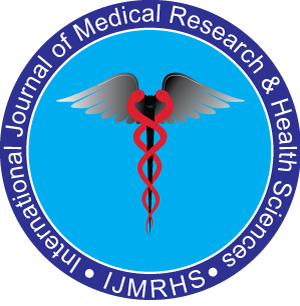Abstract
Staff Perceived Barriers to Early Mobility in Medical vs. Surgical ICU at Hospital
Author(s):Mehwish Niaz* and Sidra ManzoorIntensive Care Units (ICU) of hospitals have a dynamic environment in which physiotherapists play a great role and work along with the multidisciplinary team and provide great care in acute conditions and rehabilitation programs. Objective: The objective of the study was to find out the barriers to early mobility therapy that are perceived by the staff of ICU. Methods: The study design is cross-sectional comparative. The sample size of 138 medical staff (different Government hospitals) was divided into two groups. Group 1 was denoted as medical ICU staff and Group 2 was denoted as surgical ICU staff. A four-point Questionnaire was used to find the barriers to early mobilization in ICU practice. Results: The results of the study showed the significant difference of institutional barriers between surgical ICU (mean=6.25) and medical ICU (mean=4.30), the list of other barriers in surgical ICU (mean=4.92), and in medical ICU (mean=5.35) were significantly different. The barriers other barriers perceived by the medical ICU were high as compared to the surgical ICU. Whereas the list of patient-related barriers to early progressive mobilization in surgical (4.5) vs. medical (4.6) ICU were significantly having no statistical difference. Conclusion: It is concluded that the ICU staff perceived barriers to early progressive mobilization of patients slightly different in medical and surgical ICU.
Select your language of interest to view the total content in your interested language
